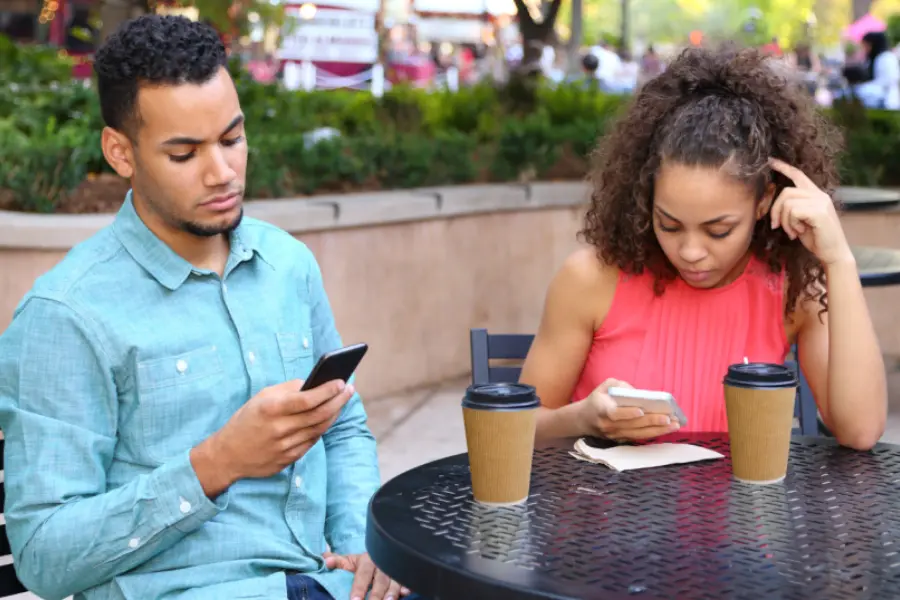The term “cushioning” appears harmless when first heard, meaning a place to land soft. In relationships though it means a different concept entirely, and it is synonymous with boundaries becoming unclear. Cushioning means when someone in a committed relationship is keeping a backup connection “just in case.” It falls under the category of the subtle, but serious, dating red flags that is typically missed or ignored until the damage is done. Knowing about this behavior could spare heartbreak and help to set emotional boundaries.
So what does cushioning actually look like?
Cushioning is not always strikingly obvious. A person may still text an ex, flirt with coworkers or have dating apps open “just for fun.” They may say it is nothing serious, but they are still invested in more than one relationship and therefore dividing their emotional energy. To the person engaging in the cushioning, this “safety net” offers them some level of comfort, but slowly creates distrust in the relationship. Acknowledging cushioning as one of the 21st-century dating red flags might help you make the determination of discussing the behavior or walking away from the relationship before it gets even worse.
The Reasons for Cushioning and the Toll It Takes on Relationships
There are numerous reasons why individuals engage in cushioning. They may want to hedge their bets because of fears of being alone, or they want to leave themselves open for other possibilities. Some may cushion as well but not consciously, reasoning it is just “networking” or “keeping their friendships alive.”
However, the partner of the person cushioning inevitably experiences an emotional violation. What partners may rationalize as harmless behaviors (like messaging “friends” late at night or liking adult “content”), eventually becomes a trusted act that erodes trust between partners. Trust will erode over time which leads ultimately to resentment and disappointment. This is why cushioning is among the top dating red flags, as it implies that there isn’t complete commitment and emotional honesty.
Identifying Cushioning Early
Look for behavioral tendencies rather than isolated events. Does your partner get defensive about certain text conversations? Do they keep portions of their private life hidden? Are they emotionally unavailable but are still socializing with others? These are signs of what could be construed as cushioning.
Cushioning doesn’t automatically mean your partner is cheating. It shows they’re ignoring emotional needs while spending time with others. The key to spotting cushioning early is to decide how you’ll respond. Will you confront them with an open conversation? Or will you distance yourself to protect against further hurt?
In today’s fast dating environment, identifying signs of cushioning is as significant as recognizing other red flags while dating.
Healthy Alternatives to Cushioning
Give yourself some time to think when a cushioning thought occurs to you. Are you questioning your current relationship? Are you scared of commitment and getting rejected? Instead of keeping potential partners on a bench, put that time and energy into talking things through and into self-reflection. Share your concerns freely with your current partner; seek therapy or simply be single for a while before choosing to commit again. Building trust means opening up so there is no shortcut. Healthy relationships rely on being present, not at having backup plans.
Closing remarks
Despite their potential usefulness, cushioning erodes trust, intimacy, and respect. It is imperative for any soul seeking a real connection to acknowledge cushioning and to formulate an action plan. Once you acknowledge why cushioning exists, you then empower yourself to make choices that set boundaries and partners alike. Among quick swipes and casual flings, recognizing and avoiding these soft but potent dating red flags will lead to the formation of lasting relationships.




